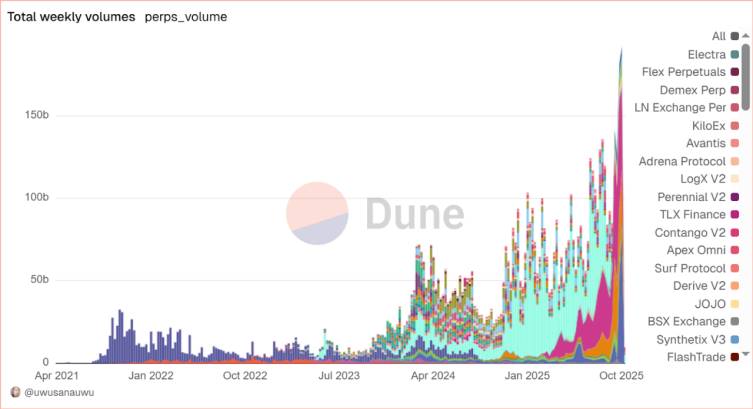China creates global digital RMB center, targets overseas use
- Digital RMB gains international center in Beijing
- Focus on blockchain and cross-border cooperation
- Hong Kong advances with e-HKD and stablecoins
China's central bank has decided to structure the digital yuan ecosystem with a new strategic asset in Beijing: the Digital RMB International Operations Center. The unit was created to design, operate, and maintain cross-border and blockchain infrastructure, connecting the digital RMB to domestic and foreign financial systems with a focus on international use.
With this, the project starts to work in “ two wings The newly established international center targets interoperability outside mainland China, while the existing Operations Management Center enhances domestic infrastructure by adopting local technologies and ensuring resilience and long-term growth in the use of the digital RMB.
Authorities and analysts see these two fronts as complementary. The goal is to create a cooperative system in which the external expansion of the digital yuan is supported by a robust technical base in the domestic market, reducing friction in payments and settlements and enabling integrations with international digital payment arrangements.
The movement aligns with initiatives in Hong Kong. After the second phase of the pilot, the local Monetary Authority is considering prioritizing e-HKD for institutional clients, especially in international transactions. At the same time, the discussion on yuan-backed stablecoins is gaining traction, including as a tool to strengthen the renminbi's presence in offshore markets.
The Bank of China also announced its intention to expand the currency's use in global trade, as well as promote the bilateral opening of financial markets in due course. The plan includes strengthening Shanghai and Hong Kong as international financial hubs and expanding an "independent, controllable, multi-channel, and broad-coverage" cross-border yuan payment system.
In the global debate on stablecoins, projections from major banks indicate that the segment could grow rapidly. Estimates suggest that the stablecoin market could create up to $1,4 trillion in demand for dollars by 2027, explaining why different jurisdictions are seeking their own, interoperable alternatives.
Today, USDT's dominance illustrates the current state of the industry: approximately 60% of the stablecoin market value, totaling around $308,26 billion, is tied to Tether's token. This context helps explain the rush by countries and financial centers to develop their own rails for digital currencies and stablecoins backed by local fiat currencies.
Disclaimer: The content of this article solely reflects the author's opinion and does not represent the platform in any capacity. This article is not intended to serve as a reference for making investment decisions.
You may also like
In-depth Research Report on Perp DEX: Comprehensive Upgrade from Technological Breakthroughs to Ecosystem Competition
The Perp DEX sector has successfully passed the technology validation period and entered a new phase of ecosystem and model competition.

Space Review|Farewell to the Era of “Narrative Equals Hype”, TRON Rebuilds Market Confidence with Real Yields
As the crypto market shifts from “listening to stories” to “seeing results,” TRON demonstrates a feasible path through its solid ecosystem foundation and value circulation.

Bitcoin (BTC) Holds Key Support — Could This Pattern Trigger an Rebound?

Crypto News Today [Live] Updates On November 5,2025: Bitcoin Price,Ethereum Price,XRP ETF News
